Show the Last Time a File Was Opened & Accessed in Mac OS X
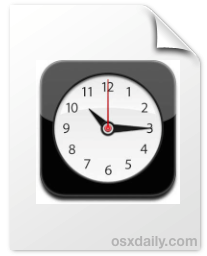 You can show the precise last time a specific file was opened, an app was launched, or folder was accessed on a Mac, and the information is visible directly in the OS X Finder. There are actually two simple ways to see this file access information, and both are equally useful though as you’ll see they’re best used for slightly different purposes.
You can show the precise last time a specific file was opened, an app was launched, or folder was accessed on a Mac, and the information is visible directly in the OS X Finder. There are actually two simple ways to see this file access information, and both are equally useful though as you’ll see they’re best used for slightly different purposes.
Knowing the last file access time is useful for so many reasons, whether it’s determining the usage history of a file for your own purposes, or perhaps for more mildly forensic intentions, to help figure out more details about someone using a Mac and the specific access times of a file or app that was in use. Because it shows the date and time information, this goes beyond the Recent Items list trick which simply shows what files were opened.
Read more »


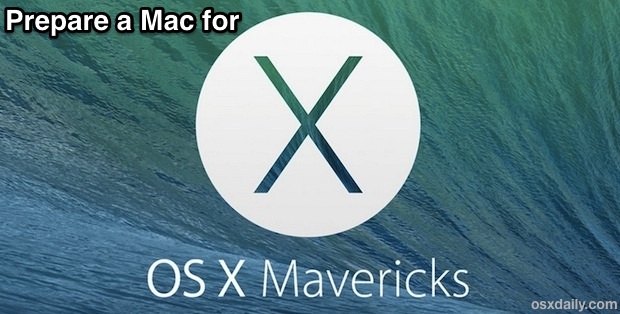
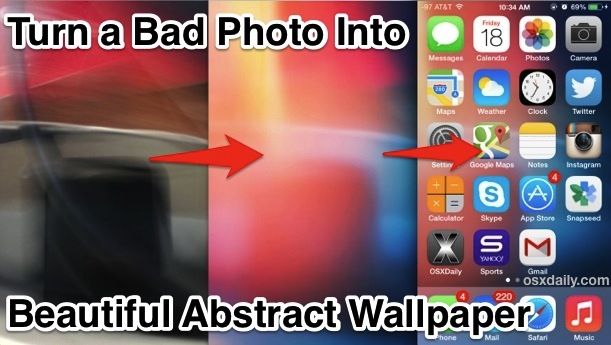
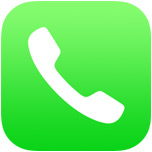 The iPhone now displays a small contact photo thumbnail alongside contacts in the “Favorites” section of the phone app. This certainly looks nice if you have a lot of custom pictures set for contacts, but having a bunch of goofy contact photos can look unprofessional in some environments, and for users without a contact photo it will make a boring thumbnail based on their initials. Perhaps most problematic is the annoying side effect of truncating longer names, which is shown in the screen shot below.
The iPhone now displays a small contact photo thumbnail alongside contacts in the “Favorites” section of the phone app. This certainly looks nice if you have a lot of custom pictures set for contacts, but having a bunch of goofy contact photos can look unprofessional in some environments, and for users without a contact photo it will make a boring thumbnail based on their initials. Perhaps most problematic is the annoying side effect of truncating longer names, which is shown in the screen shot below. 


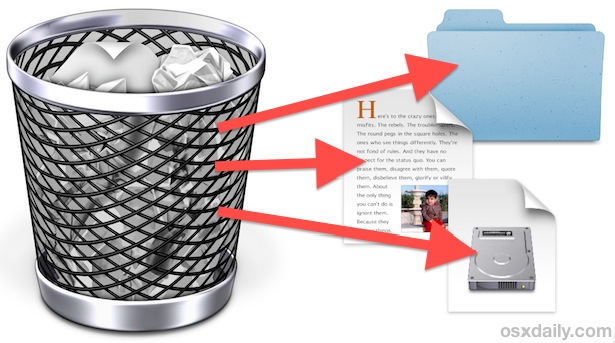
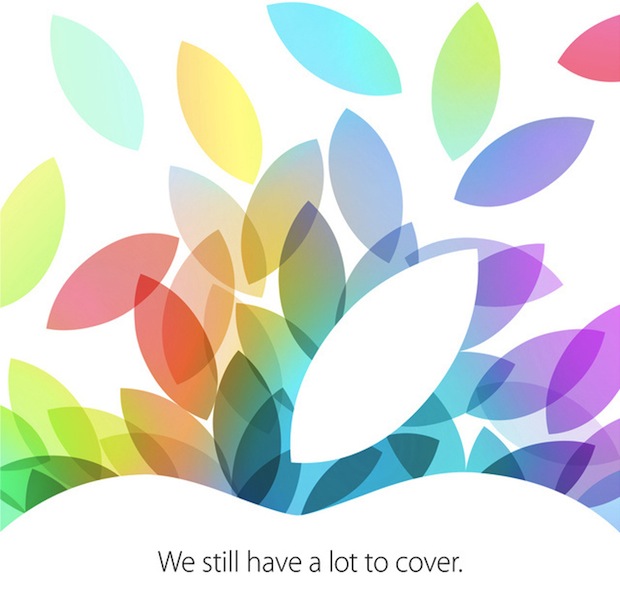
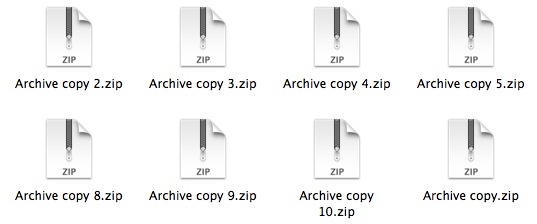

 Spotlight is the wildly useful search feature built into Mac OS X (and iOS) that is accessible by hitting Command+Spacebar. It can seemingly find and do everything, but did you know it also includes basic file system functionality? Using some little known tricks, you can copy and cut files directly from Spotlight, letting you easily make duplicates of buried hard to find files, or even move a file from some deep path location to an easier to access location, like the Desktop. This is done using the handy
Spotlight is the wildly useful search feature built into Mac OS X (and iOS) that is accessible by hitting Command+Spacebar. It can seemingly find and do everything, but did you know it also includes basic file system functionality? Using some little known tricks, you can copy and cut files directly from Spotlight, letting you easily make duplicates of buried hard to find files, or even move a file from some deep path location to an easier to access location, like the Desktop. This is done using the handy 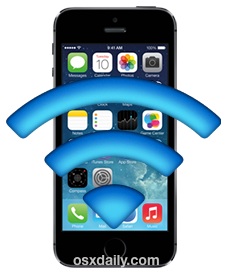 Personal Hotspot lets you share a devices cellular data connection with other devices or computers by turning a device into a wi-fi router, and it’s easily one of the better features of the iPhone and cellular iPad models (and Android phones for that matter). The
Personal Hotspot lets you share a devices cellular data connection with other devices or computers by turning a device into a wi-fi router, and it’s easily one of the better features of the iPhone and cellular iPad models (and Android phones for that matter). The 

